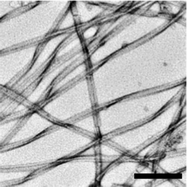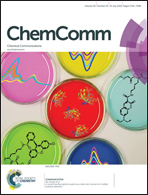Structure, function and antagonism of semen amyloids
Abstract
Amyloid fibrils are linear polypeptide aggregates with a cross-β structure. These fibrils are best known for their association with neurodegenerative diseases, such as Alzheimer's or Parkinson's, but they may also be used by living organisms as functional units, e.g. in the synthesis of melanin or in the formation of bacterial biofilms. About a decade ago, in a search for semen factors that modulate infection by HIV-1 (a sexually transmitted virus and the causative agent of the acquired immune deficiency syndrome (AIDS)), it was demonstrated that semen harbors amyloid fibrils capable of markedly increasing HIV infection rates. This discovery not only created novel opportunities to prevent sexual HIV-1 transmission but also stimulated research to unravel the natural role of these factors. We discuss here the identification of these intriguing structures, their molecular properties, and their effects on both sexually transmitted diseases and reproductive health. Moreover, we review strategies to antagonize semen amyloid to prevent sexual transmission of viruses.

- This article is part of the themed collection: Amyloid Aggregation


 Please wait while we load your content...
Please wait while we load your content...